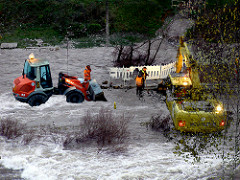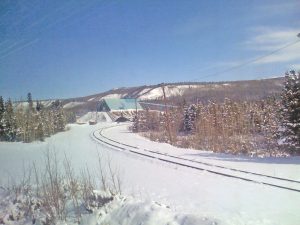Anyone doing international construction work knows that the U.S. Securities and Exchange Commission’s (SEC) has been continually increasing its Foreign Corrupt Practices Act (FCPA) focus on U.S. companies doing business overseas. Here’s the latest: Recently my colleagues William Sullivan and Reza Zarghamee wrote an interesting piece , New SEC Payment Disclosure Rules Raise FCPA Concerns for Energy Companies, on the SEC June 27, 2016 announcement that it had adopted final rules requiring public disclosure, among other things, of certain payments made to foreign governments by resource extraction issuers in connection with the commercial development of oil, gas and mineral rights. These disclosure requirements are expected to raise FCPA enforcement concerns for energy companies, as both the SEC and the U.S. Department of Justice will scrutinize this information for cause to open parallel investigations and potentially pursue issuers for alleged FCPA violations.
, New SEC Payment Disclosure Rules Raise FCPA Concerns for Energy Companies, on the SEC June 27, 2016 announcement that it had adopted final rules requiring public disclosure, among other things, of certain payments made to foreign governments by resource extraction issuers in connection with the commercial development of oil, gas and mineral rights. These disclosure requirements are expected to raise FCPA enforcement concerns for energy companies, as both the SEC and the U.S. Department of Justice will scrutinize this information for cause to open parallel investigations and potentially pursue issuers for alleged FCPA violations.
Photo: Sean MacEntee, energy, Taken May 19, 2010 – Creative Commons
 Use Contractor’s Pollution Liability Insurance to Clean Up Potential Gaps in Your CGL Coverage by Ashley E. Cowgill, on the importance of contractors having the right liability coverage in place in the event that a flash flood or other natural disaster causes damage that is classified by the insurer as a pollution event.
Use Contractor’s Pollution Liability Insurance to Clean Up Potential Gaps in Your CGL Coverage by Ashley E. Cowgill, on the importance of contractors having the right liability coverage in place in the event that a flash flood or other natural disaster causes damage that is classified by the insurer as a pollution event.









